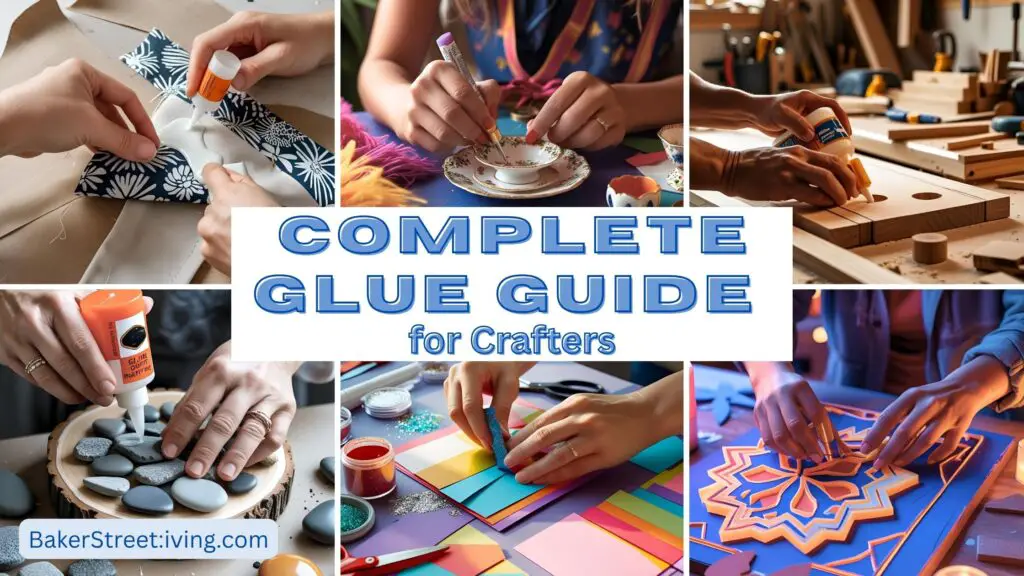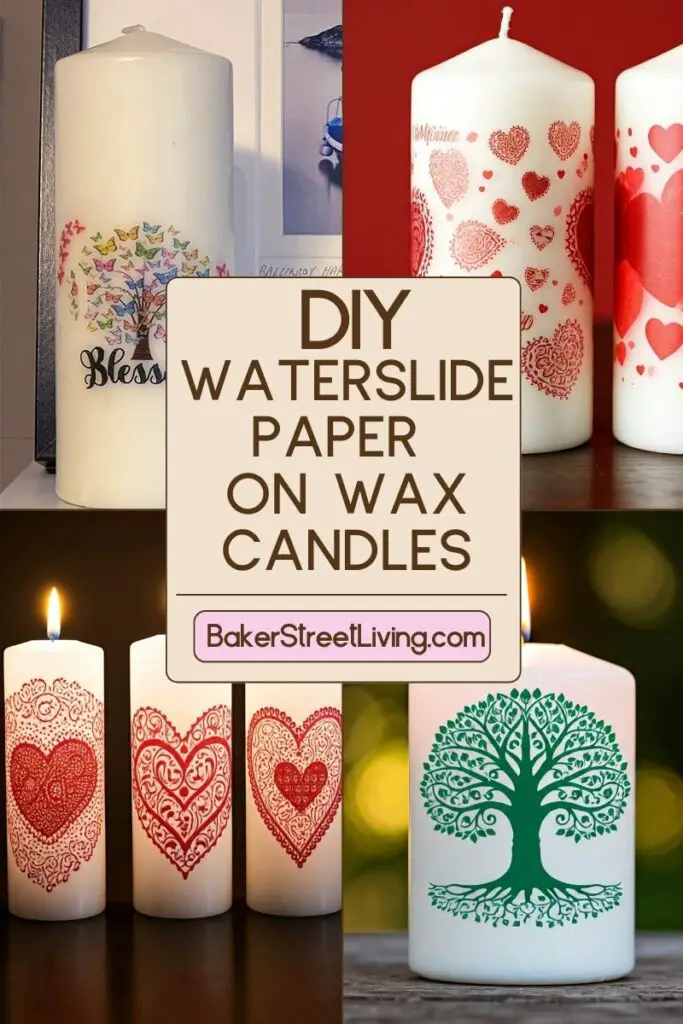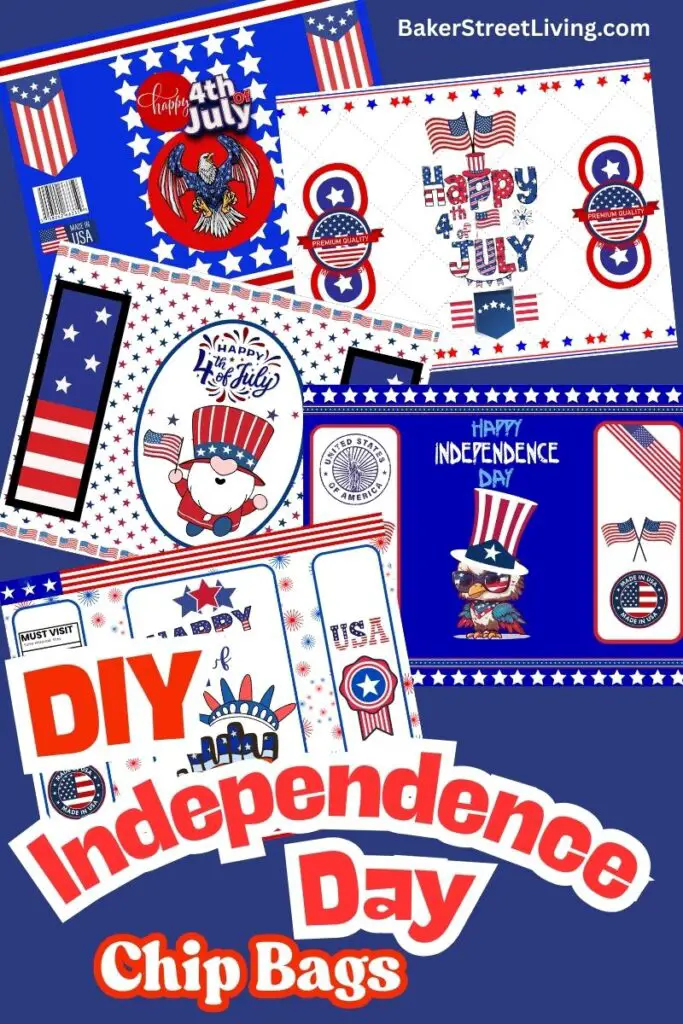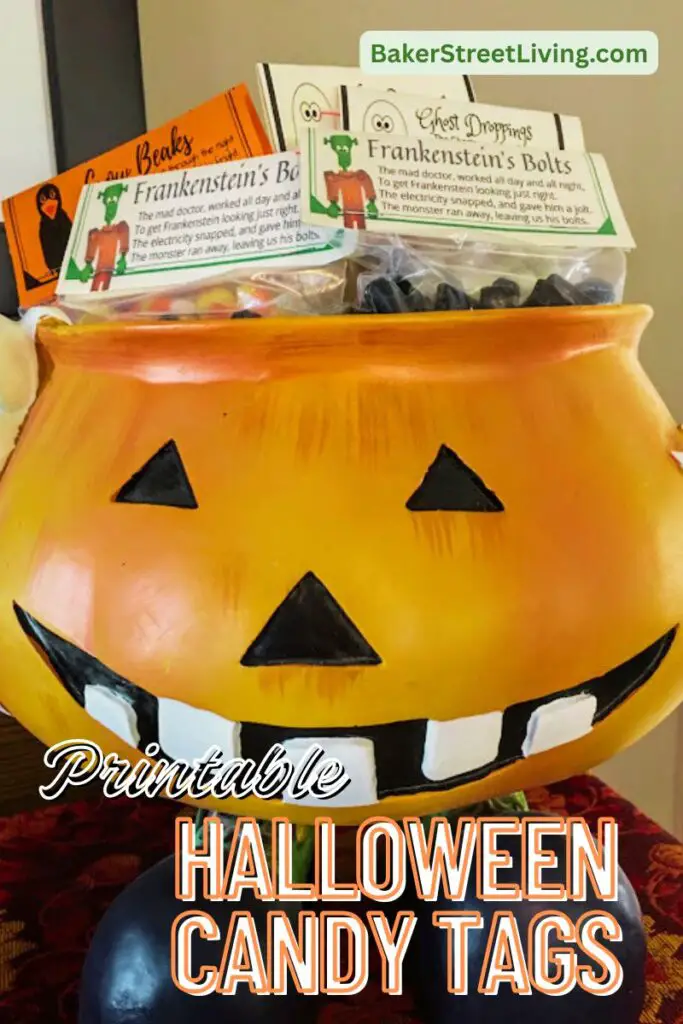This website contains affiliate links. As an affiliate, I earn a small commission from qualifying purchases (at no cost to you).
If you love crafting, you know the right glue can make or break a project. Different materials require different adhesives for the best results, whether working with fabric, wood, paper, plastic, or metal. Using the wrong glue can lead to peeling, warping, or a mess you’ll wish you never made. In this easy-to-follow Glue Guide, we break it down for you and give you options for commonly used crafting items.

What’s in our Glue Guide
Complete Glue Guide
Gluing Fabric
Best Types of Glue for Fabric
- Fabric Glue (permanent or washable) – Specially formulated for textiles. It stays flexible, dries clear, and usually holds up to washing.
- Hot Glue – Good for quick fixes or crafts, but may create stiff spots and can come loose in the wash.
- Spray Adhesive – Best for covering large areas or temporarily holding fabric in place (e.g. quilting, stencilling).
- Tacky Glue – Thicker than white glue and better for lightweight fabrics and paper + fabric combos.
- Fusible Web (Iron-on Adhesive) – Technically not a glue, but a heat-activated bonding sheet great for hems, appliqué, or crafts.
❌ What to Avoid
- Super glue – It dries brittle, may stain fabric, and doesn’t move well with flexible materials.
- Regular white glue (PVA) – Not durable for fabric and will wash out.
- Over-gluing – Too much glue = soaked-through fabric and hard spots.
Gluing Craft (EVA) Foam
Best Glues for Craft Foam
- Tacky Glue – Great for lightweight foam-to-foam or foam-to-paper. Dries clear and slightly flexible.
- Hot Glue – A go-to for quick bonding. Works well for foam-to-foam and foam-to-wood/plastic. Use a low-temp glue gun to avoid melting the foam.
- Foam Glue (foam-specific adhesive) – Specially designed to bond foam without damage. Great for kids’ crafts or detailed projects.
- Spray Adhesive – Best for covering large areas evenly (like sticking foam to poster board or cardboard).
- Contact Cement – Ideal for cosplay or prop-making when strength and flexibility matter. Requires careful application on both surfaces.
- E6000 or Strong Craft Adhesive – Excellent for foam-to-nonporous materials (metal, plastic, etc.), but use in a well-ventilated space.
❌ What to Avoid
- Super glue (cyanoacrylate) – Bonds instantly, but can melt foam or leave a brittle white residue.
- Too much glue – Causes soggy, warped foam or slow drying.
- Hot glue on thin foam – Can burn through or deform thinner foam sheets.
Gluing Felt
Best Types of Glue for Felt
- Tacky Glue – Thicker than white glue, dries clear, and holds felt well without soaking through.
- Hot Glue – A top choice for quick crafts and decorations. It bonds felt fast—but be careful, as it can leave bumps or bleed through if too hot.
- Glue Sticks (for paper + felt) – Okay for temporary or very lightweight felt projects, like kids’ crafts or card making.
- Spray Adhesive – Ideal for covering large areas evenly (like sticking felt to a board or wall).
❌ What to Avoid
- Super glue – Soaks in and becomes hard or crusty.
- Regular white glue (PVA) – Often too runny, weak, and may cause warping.
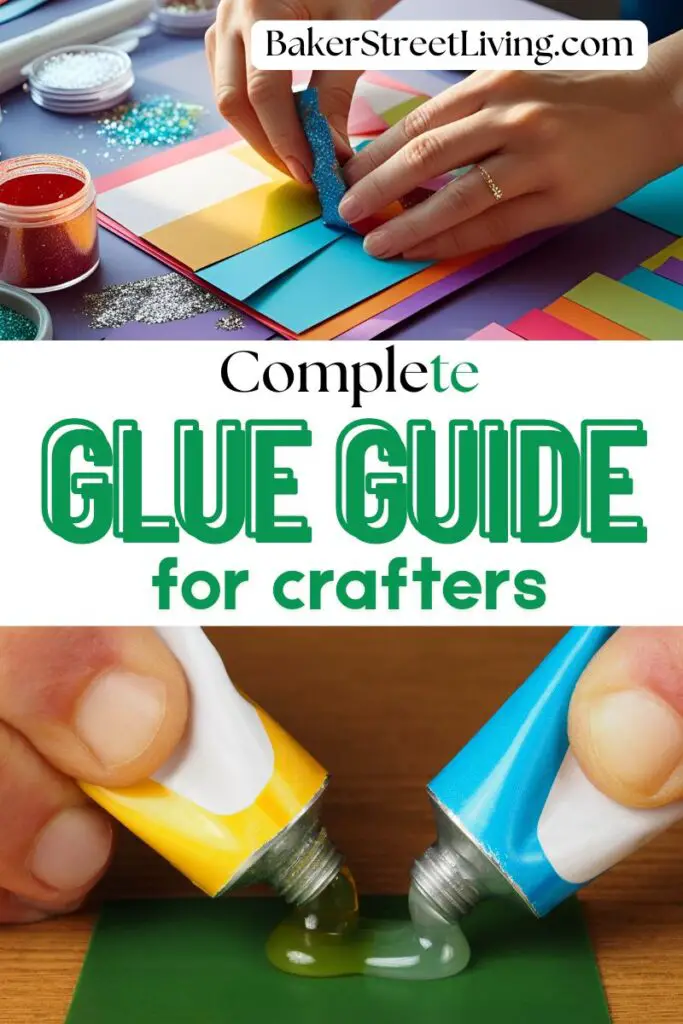
Gluing Leather
Best Glue;
- Contact Cement – Super strong and flexible, often used for leatherworking projects like shoes, belts, and bags.
- Leather Glue – Specially formulated for leather; dries clear and remains flexible.
- Super Glue (cyanoacrylate) – Good for small, rigid fixes but not ideal for flexible or wearable items.
- E6000 – Strong and flexible, works well for leather + mixed media crafts.
❌ Avoid These Common Mistakes
- Using hot glue, it doesn’t bond well to leather and often peels off.
- Gluing on top of finished or waxed leather without cleaning/sanding—it won’t stick.
- Not allowing full drying or curing time—this weakens the bond.
Gluing Plastic
Best Types of Glue for Plastic
- Plastic-Specific Super Glue – Great for most small fixes and craft projects. Often comes with a primer to prep slick surfaces.
- Two-Part Epoxy: This extremely strong bond is great for hard plastics or plastic-to-metal/wood. It needs mixing and drying time.
- Plastic Weld – Melts and fuses plastic pieces—ideal for models, PVC pipes, or ABS plastic. Not for soft or flexible plastic.
- Hot Glue (Low Temp with caution) – Works for lightweight, non-flexible plastics. Not ideal for smooth or high-gloss surfaces—can peel off.
- Contact Cement – Good for bonding plastic to fabric, foam, or wood. Use in a well-ventilated space.
❌ What to Avoid
- Regular white glue or wood glue – Won’t stick to plastic.
- Hot glue on smooth or glossy plastic – Can peel off easily.
- Super glue on flexible plastics – Can crack or break with movement.
Gluing Wood
Best Glues for Wood Projects
Wood Glue (PVA – Polyvinyl Acetate)
- The standard for most wood projects.
- Dries strongly and is often stronger than the wood itself.
- Water-based, easy cleanup, dries yellow or clear depending on the type.
- A type of PVA glue formulated for woodworking.
- Titebond III is waterproof and good for outdoor projects.
- Excellent for filling gaps or bonding irregular joints.
- Very strong and waterproof; great for mixed-materials too (e.g. wood to metal).
Polyurethane Glue (e.g., Gorilla Glue)
- Expands as it cures—great for uneven surfaces.
- Water-resistant and good for outdoor or high-moisture settings.
- Needs to be clamped while drying.
- Fast and convenient for temporary or lightweight wood applications.
- Not ideal for structural strength.
❌ Common Mistakes to Avoid
- ❌ Using too much glue – Causes messy squeeze-out
- ❌ Not clamping – Weak bonds or gaps
- ❌ Gluing dirty, dusty, or oily surfaces – Prevents adhesion
- ❌ Not letting it cure – Premature stress can break the bond
Gluing Metal
Best Glues for Metal
- Epoxy (2-part) – Strong, durable, and ideal for bonding metal to metal or metal to other materials (wood, plastic, glass).
- E6000 – A strong, industrial-strength adhesive that remains flexible—great for crafts, jewelry, and mixed materials.
- Super Glue (cyanoacrylate) – Quick and effective for small, tight-fitting metal pieces. Best for temporary or low-stress items.
- Construction Adhesive or Liquid Nails – Works for large-scale, heavy-duty bonding (e.g., metal to concrete or wood).
❌ What to Avoid
- Hot glue – Doesn’t bond well to metal and may peel off under stress.
- White glue or PVA – Not designed for non-porous surfaces like metal.
- Skipping prep – Even the best glue won’t stick well to greasy or smooth, untreated metal.
Gluing Stones
Best Types of Glue for Stone
- Epoxy (2-part) – One of the strongest options. Excellent for bonding stone to stone, metal, wood, or glass. It creates a durable, water-resistant bond.
- E6000 – A flexible, industrial-strength adhesive that works well for crafts, jewelry, or outdoor use. Good for mixed materials.
- Construction adhesive (like Liquid Nails) – Great for heavy-duty outdoor projects, like garden stones or landscaping features.
- Super Glue (cyanoacrylate) – Works for small stones or quick repairs, but may become brittle over time.
❌ What to Avoid
- Hot glue – Doesn’t adhere well to heavy or porous stone and can peel off easily.
- White glue (PVA) – Not strong enough and not water-resistant.
- Skipping surface prep – Dust and oils can prevent even the best glue from working properly.
Gluing Cardstock and Paper
Best Types of Glue for Paper & Cardstock
- Glue Stick – Clean, quick-drying, and perfect for lightweight paper. Great for kids’ crafts, scrapbooking, and layering.
- Double-Sided Tape or Tape Runner – No drying time, mess-free, and ideal for crisp, wrinkle-free adhesion. Perfect for photos, cards, and gifts.
- Tacky Glue – Thicker than school glue; great for heavier cardstock or when adding embellishments.
- Spray Adhesive – Covers large surfaces evenly. Great for mounting, but use with caution—can be messy and require ventilation.
- Glue Dots – Instant, strong bond with no drying time. Great for sticking embellishments like buttons or ribbon.
- Mod Podge (for decoupage or sealing) – Acts as both glue and sealer—ideal for paper crafts that need durability or a glossy finish.
❌ Common Mistakes to Avoid
- ❌ Too much liquid glue – warping or bleed-through
- ❌ Gluing before testing – Some papers react poorly to certain glues or finishes
Gluing Cardboard
Best Glues for Cardboard
- Tacky Glue – Thicker than school glue, great for cardboard-to-cardboard or cardboard-to-paper. Dries clear and flexible.
- White Glue (PVA, like Elmer’s) – Budget-friendly and works well for basic projects, but can warp thin cardboard if overused.
- Hot Glue – Ideal for fast, strong bonds—especially for 3D structures or mixed materials (like cardboard to plastic or wood). Use a low-temp glue gun for delicate cardboard.
- Glue Stick – Handy for thin layers of cardboard or lightweight projects. Not very strong for structural use.
- Spray Adhesive – Perfect for mounting large sheets of paper or fabric onto cardboard. Use in a well-ventilated area.
- Wood Glue – Works surprisingly well on thick, untreated cardboard. Great for crafts where cardboard mimics wood.
- Contact Cement or E6000 – For industrial-strength or outdoor cardboard projects. Strong bond to metal, wood, or plastic.
❌ Common Mistakes to Avoid
- ❌ Using too much white glue – soggy, warped cardboard
- ❌ Not applying pressure – weak bond, warping
- ❌ Skipping drying time – pieces may pop apart later
Gluing Glass, China and Ceramics
Best Glues for Glass, China & Ceramics
- Clear Epoxy (Two-Part) – Strong, waterproof, and great for repairing chips and cracks. Some are rated food-safe (check the label). Dries very strong and often clear.
- Super Glue (Cyanoacrylate) – Great for tight-fitting, small cracks or chips. Fast-setting but more brittle. Works well on smooth surfaces like china and glass.
- UV Glass Glue – Specifically designed for glass. Requires UV light to cure and dries perfectly clear—great for glass-to-glass projects.
- Ceramic Glue (Specialty) – Formulated to bond porous ceramics. Some are dishwasher- and heat-safe.
- Silicone Adhesive (for glass-to-metal or glass in high moisture) – Flexible and water-resistant—ideal for outdoor or aquarium use.
- E6000 – water-resistant, dries clear and non-flammable
❌ Common Mistakes to Avoid
- ❌ Skipping the cleaning step – Oils ruin adhesion
- ❌ Using too much glue – It weakens the bond and makes cleanup harder
- ❌ Expecting glued ceramic/glass to be food- or dishwasher-safe without checking the label
- ❌ Not giving enough time to fully cure – Bond may feel strong, but break later


This website contains affiliate links. As an affiliate, I earn a small commission from qualifying purchases (at no cost to you).

